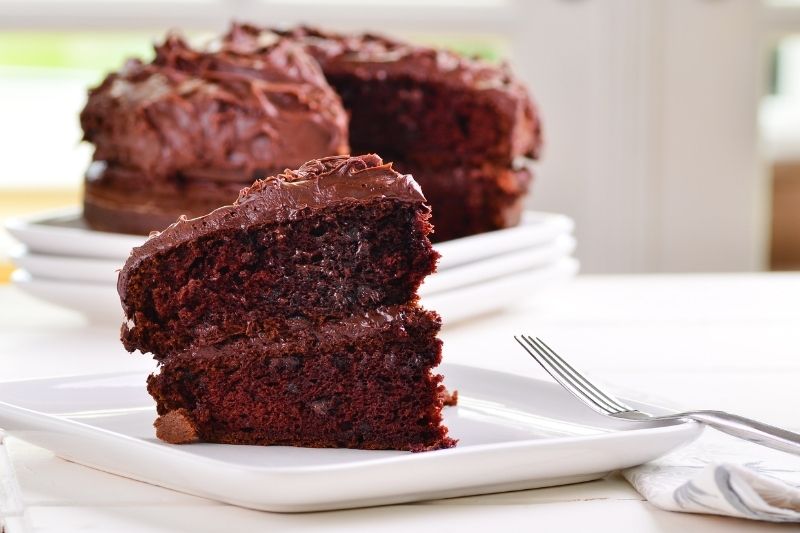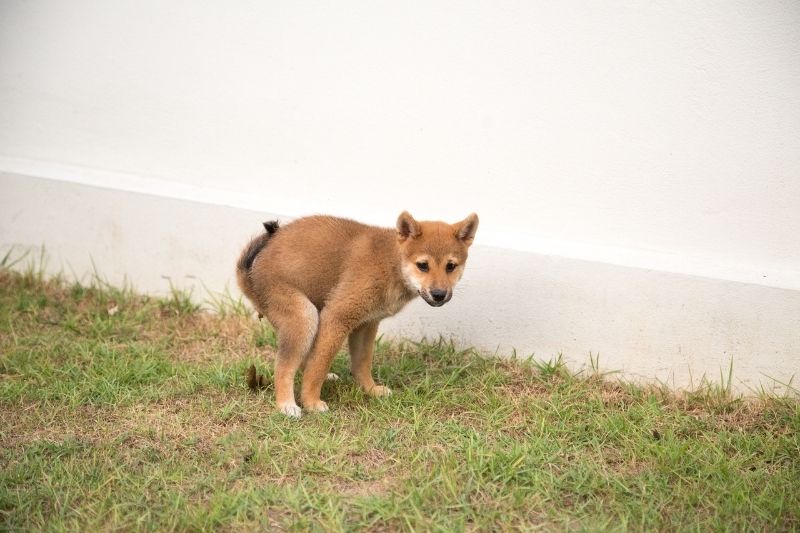Dog shedding : why and how to reduce it?

All dogs shed to some extent and there’s no such thing as a totally hypoallergenic dog breeds. Unfortunately. It's a normal process they have to go through to keep their coat and skin healthy, however it's annoying for us. But do all dogs shed the same amount? How do you know if your dog is shedding excessively, and what can you do to keep vacuuming to a minimum (or at least reduced to just once per day).
Why do dogs shed?

Anyone who has a dog – especially a German Shepherd or a Collie – will have asked themselves “why does my dog shed so much”. Sometimes it feels like you’re brushing them so often you could start your own cushion stuffing business and they’d still be completely covered in hair. But why?
It’s shedding season
Dogs, especially double-coated breeds, will shed more during spring and fall. Seasonal shedding happens when the temperatures change and your pup needs to ‘blow’ his old coat to grow a different one. When the weather warms up, your dog doesn’t need their thick winter coat anymore so they shed it. It’s this time of year that you’ll find yourself vacuuming even more.
This isn’t the same for all breeds. Obviously hairless pups like the American Hairless Terrier or the Chinese Crested Dog shed a lot less than others. This doesn’t mean they’re totally hypoallergenic though, as the danders are what really cause allergies.
Pups such as Greyhounds and Poodles tend to be low-shedding dogs and you won’t notice that much difference in the seasons. You still need to make sure you take care of their coat though. Regular brushing will remove any damaged hair and stop mats from forming.
As well as it being seasonal, cold spells followed by a quick change to a much hotter temperature will cause higher than normal shedding for many dogs. What’s more, long hot bouts of heat will see them dropping their fur that little bit more.
Is it always normal?
All dogs shed to some extent but sometimes there’s an underlying cause that needs to be looked at. If your dog starts to shed more than normal you should make an appointment with your veterinarian just to check. Signs to look out for are:
- Open sores.
- Itching more than usual.
- Signs of skin irritation, such as redness, rashes, scabs, or little bumps.
- Very thin coat due to hair loss or bald patches.
- They're licking their coat more than normal.
What could be causing abnormal dog shedding?
- Anxiety. If you’ve ever taken a dog to the vet you’ll have seen how much hair (and little sweaty paws) are left on the table. That's because it's a pretty stressful time for them. Similarly, if there’s been a change in your dog’s environment, this could cause them to become particularly anxious and shed more.
- Allergies. Your pup may be allergic to something which is why they're shedding more than usual. They could be allergic to their food, medication, irritating substances, seasonal allergies (such as grass), or fleas.
- Skin condition. This may be caused by pests such as lice, mites, or fleas or it could be a form of dermatitis. It could also be the result of a fungal or bacterial infection.
If you suspect your dog’s shedding is abnormal, make sure you take them to the veterinarian for a check-up.
How can you keep dog shedding under control?

With some breeds and at specific times of the year, you just have to accept that there’s going to be a bit more fluff on your floor (and on your shirt, and on your couch…). Also, if anyone in your home suffers from allergies, there are many tips you can follow to have an allergy friendly home.
Here is some advice to keep your dog shedding under control.
Brushing
If your dog is shedding a lot (and it isn't abnormal), a great way to reduce excess hair is to regularly brush your pup. ‘Regularly’ will depend on the breed and time of year but it could mean daily. This will get rid of damaged or dead hair as well as helping to keep your dog's skin healthy. It’s a good idea to brush your dog outside to avoid more of it getting on the floor (which would be a little counterproductive). Make sure you use a brush that’s suitable for your dog’s coat.
Bathing
Giving your dog a bath can really help to reduce shedding. Cleaning and rinsing their coat will wash away excess hair and reduce the amount that ends up on your furniture. Washing your pet once every 4 weeks should keep their coat healthy and help to spread their natural oils throughout their body. This might differ depending on your specific dog.
Reduce stress
If you think your dog shedding is down to anxiety, as well as doing the above steps to remove dead hair, you’ll also need to reduce their stress. Have you changed around the furniture in your home? Has someone (or another pet) recently passed away? Try, as much as possible, to follow a regular routine with walks, playtime, and meals. Toys and cuddles from you will also help!
Dog shedding is completely normal and it's the price we have to pay for having our adorable pets in our homes. If you’re worried that your dog is shedding too much or you notice any changes, take them to a veterinarian to be sure.
How do you manage your dog's excessive shedding? Let us know any tips you have!
I’m Charlotte, a content and copywriter from the North of England and currently living in Berlin. Animals have always been a huge part of my life, so writing about dogs is a total pleasure! I love all kinds of dogs and their cheeky personalities, but I’d have to say Weimaraners are my favourite!










